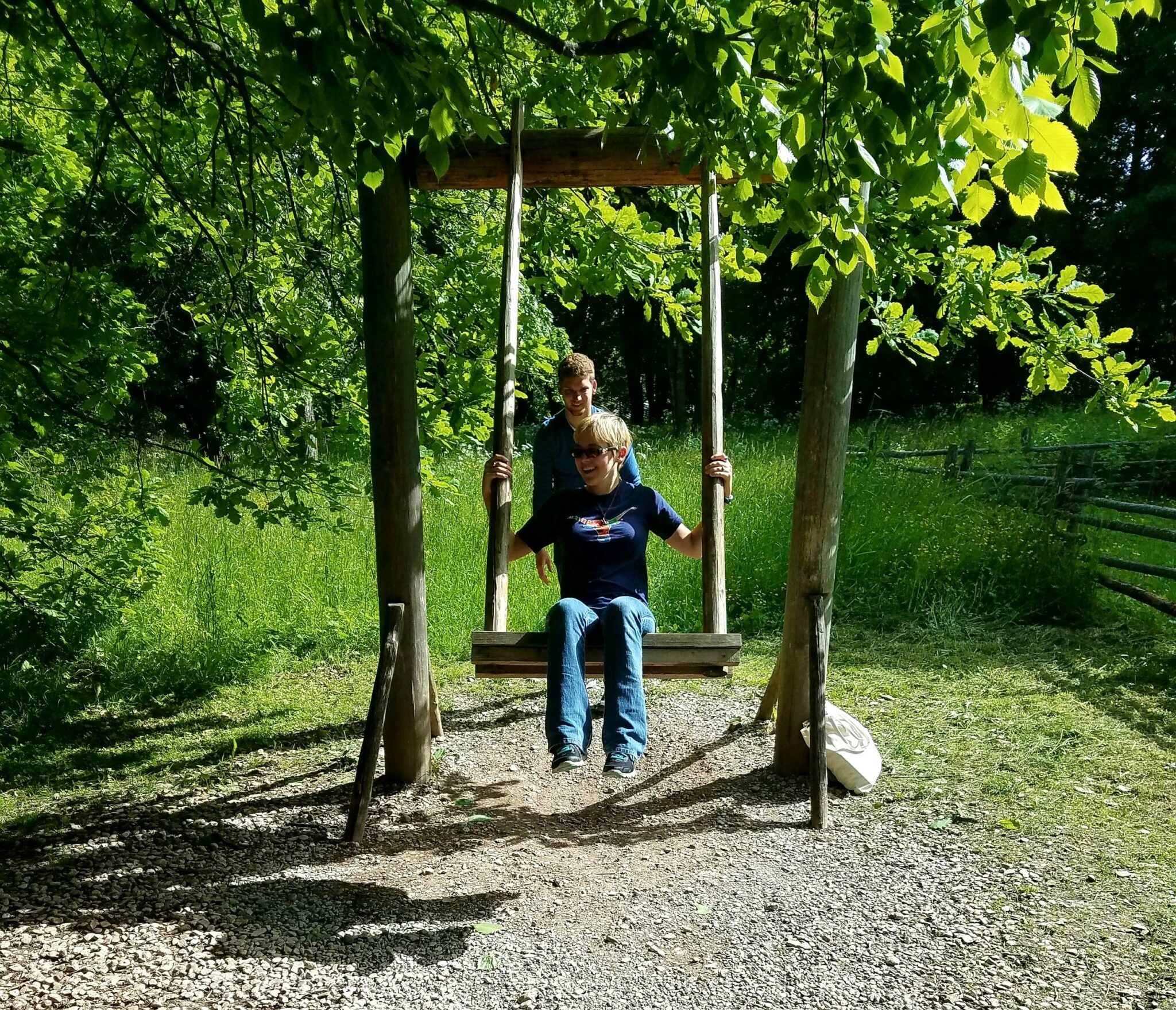The easiest way to sum up what I learned the most about in the Art and Museums in Russia program is to give it a single word: organization. This includes both the literal principles of organization in museums and the more figurative organization of ideas.
The organization of museums is a very straightforward thing on the list of useful lessons. It’s immediate, expected on a museum course, and yet I still did not expect some of the things I learned. I came in to the program knowing mostly about art and history, and very little about museums. To me, museums were just big buildings where one could hang and look at art. The employees standing around the museum were like video game background characters, or something, I wasn’t really certain since I did not often interact with them. Either way, to me, the people working in museums were imagined as art historians and art historians only. It was never something I considered as a possibility for myself.

On the Art and Museums in Russia program, however, I got to meet and talk extensively with museum workers and affiliates from all walks of life and a vast variety of specializations. I discovered that it was absolutely fascinating, and art historians are not the only variety of historians among museum ranks. It made me consider that I may be able to find a museum I can work at once I graduate, something I had never considered before simply because I never assumed it would be possible. But art museums, too, have uses for historians and thus I have discovered a future opportunity for a career.
The Art and Museums in Russia program also taught about the massive interconnectedness and internationality of work fields, study, and history. There are connections between people, from artists to those who collect. Art facilitates international travel and communication. Though the program I met Americans who regularly travelled to Russia to participate in museum and art events with their Russian artist friends, I saw the American donations room at the Russian Hermitage, and learned about the historical trends of art collecting that spanned continents. In life, I find that it’s very important to consider how actions and beliefs can network globally, to remember that people do not live in bubbles. I think it’s a good lesson and good reminder to see how global human connections are, and now that I have this experience in Russia and this experience with Russian art, I am linked to it and to the people I met there. Globalisation exists on a personal level, and Art and Museums in Russia demonstrated how this is so by showing the flow of ideas, people, and art between countries. It’s something I want to work with one day, with the connections between Americans and Russians, and I feel that it’s important to have examples of these connections (historical and present) in times like the present, where relations are strained. Reminding myself and finding examples to present to others about how Russia and America are linked by art and history is such a useful thing for reminding of human connections.
Artistic expression is something very human, something requiring soul and personal connection between all those who participate in it. I want to work on a global scale where I can be a translator or connect Russians and Americans who might otherwise have difficulty connecting with one another, and I believe that giving examples of Russian-American connections and artistic history would help in situations where people do not otherwise understand. Reminding myself, too, that people are easy to connect and friends can always be made in any country because there’s always someone who will understand one’s feelings is personally helpful. Art helps people understand each other. We understand it’s hard for someone to be alone. Art also helps communicate between people and cultures, by doing so without necessarily having to incorporate words.
Art itself and museums are designed to convey a message. With art this is obvious; no art is ever created within a vacuum. Museums, however, are equally designed to send a message. It’s a reminder to consider that communication can be done through unusual mediums, and it’s important for one’s own communication and interpreting others’ to consider all aspects of the surroundings. In general life, any person will encounter mediums meant to communicate and will have to think about what exactly is being conveyed with critical thinking. But I had never put thought to how a museum, the brick architecture, could be used to convey a thesis (of sorts) for the museum. The Art and Museums in Russia program provided me with the impetus to understand and the ways to think about how a museum, the physical body, the thing which frames the art, is one of the most important things for figuring out what kind of history or what tone or what purpose the museum exists to convey to visitors. It is something I have never realized or thought much about before, I was always so concentrated on what was being displayed that I rarely stopped to consider how that display affected the object.
I personally think it’s very important to be able to think critically about the things that I encounter, and appreciate any experience that teaches me new ways to think about something. When people want to communicate a message, I think it’s very important to be able to pick up on what it is, and being able to find the message within architecture can tell a lot about a place— what was the point of the place, what the person who built it wants me to feel, and so on. It’s important to know so that I can look at the contents of the space through an appropriate lens.
With a related bent, the usage of surroundings in order to convey something is also a device I could use in a future career. The principles of design that I discovered or experienced on the Art and Museums in Russia program can help me make decisions about how to arrange materials in my future career. Informational posters, room decor, anything which I could want or have to set up and decide the placement of, I can now more effectively consider how the way I set something up changes what people learn from it. Organization is something always necessary to think about in a job, and now I’m able to think more effectively and creatively in order to tell others what I wish to tell or convey to them.








